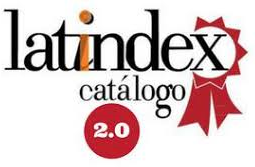Mapping Out the Licensure Examination for Fisheries Graduates
DOI:
https://doi.org/10.47750/jett.2023.14.03.018Keywords:
Licensure examination, mapping out, learning strategies, instructional methodsAbstract
One of the factors that contributes to the status of an educational institution is the quality of its former students and faculty members. The purpose of this research was to track down former students who had completed their Bachelor of Science in Fisheries degrees at the Cagayan State University in Aparri. During the process of carrying out the study, the research method known as descriptive analysis was put into practice. A good example of the descriptive method of research would be a factfinding study that offered an acceptable and accurate interpretation of the data. The graduate students who took part in the survey were under the notion that the instructional methods utilized by the faculty involved the application of pertinent learning strategies such as positive attitude and
critical thinking. The respondents believe that practicing is the single most important step in the process of getting ready for the license examination. Those who had already attended graduate school among the respondents believed that a general education curriculum ought to be regarded essential for passing the LEFT. On the other hand, they argued that the major courses should be seen as having the utmost significance, while NSTP and PE should be regarded as having some significance. Respondents were under the assumption that they were expected to do seatwork, quizzes, major examinations, recitations, assignments, oral and written reports, and portfolios in order to pass the course.








